A culinary tour of gorgeous Italy: What to order from a menu?
Italian cuisine never fails. No one makes pasta and pizza like Italians! These are the favorite dishes of the people who live in Rome and Milan.
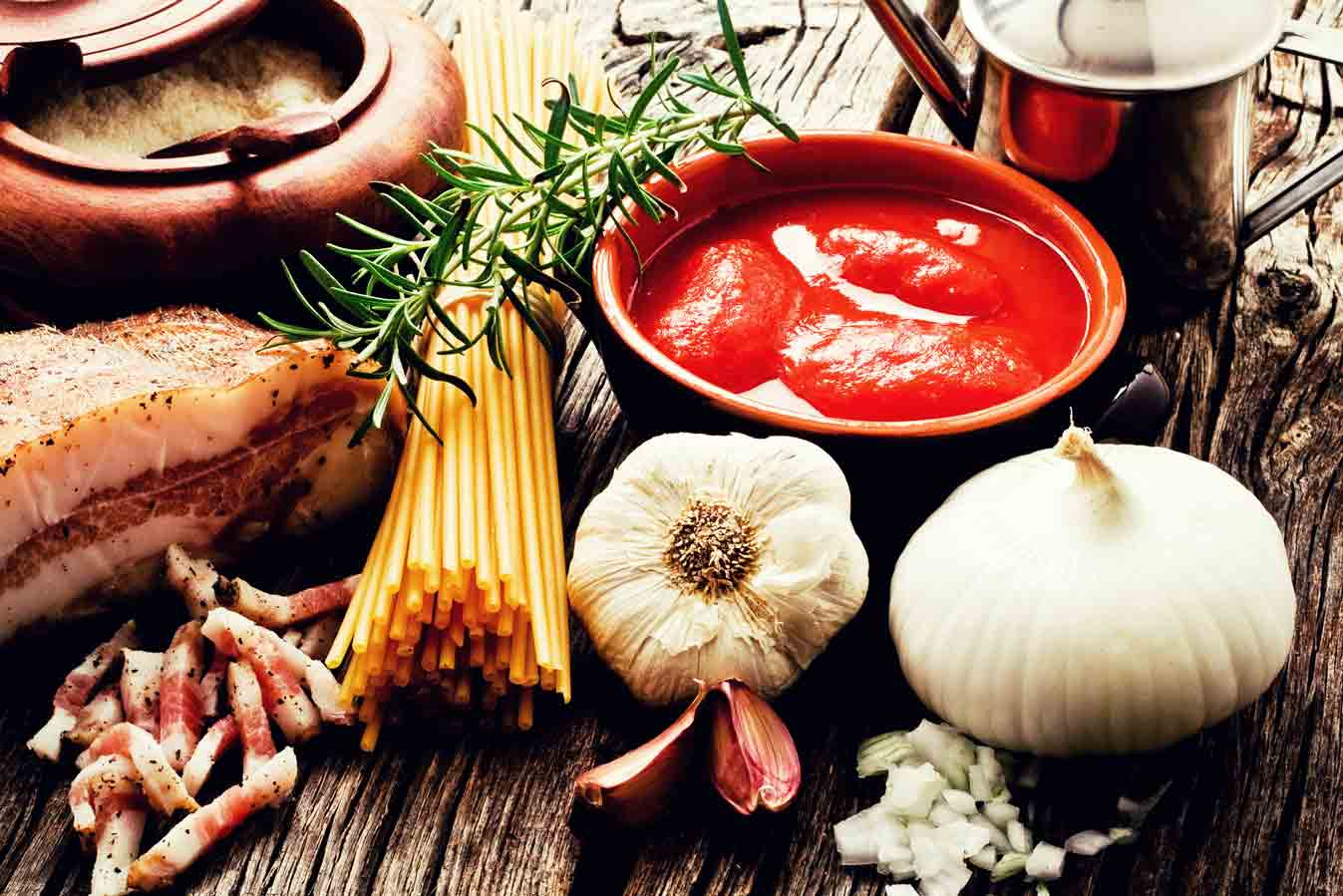
People usually travel to Italy to see its monuments, experience its history first-hand and explore its idyllic landscapes by car. However, the nation of pasta is also popular for its food. These are the favourite dishes of the people who live in Rome and Milan.
Buon appetito, the best Italian creations
According to recent data from the International Pasta Organisation (IPO), a non-profit entity dedicated to increasing pasta consumption and awareness, in 2014 Italy was once again ranked number one in terms of world pasta consumption, which was no surprise. Each Italian ate an average of 25.3 kilos of pasta per year, followed by Tunisians, who consumed 16 kilos per person. Spaniards, in comparison, only ate 5.3 kilos.
Italy is pasta and pasta is Italy, but what is the origin of this delicious carbohydrate-rich food that is so easy yet so challenging to cook properly? As one might expect, there is no shortage of controversy. Several theories point to Marco Polo and the idea that he brought pasta to Italy in 1271 after a trip to China, and others believe that this culinary fusion took place much earlier thanks to the Etruscans.
“There are also references of pasta dishes in ancient Rome that date back to the 3rd century. In fact, Cicero, a Roman statesman, spoke of his passion for laganas, which are long and wide strips of flat pasta made with wheat flour. During this time, the Romans created instruments, utensils and machines for making lasagne pasta. It was Rome’s expansion and dominance that fostered the cultivation of grains throughout the Mediterranean basin,” according to the IPO website.
Regardless of how it arrived, the fact is that everyone loves pasta, preferably al dente, with just the right amount of salt, and topped with the best homemade sauces and grated parmesan cheese. Traveling to Italy without eating a delicious plate of macaroni or spaghetti is reason enough to be detained when leaving the country.
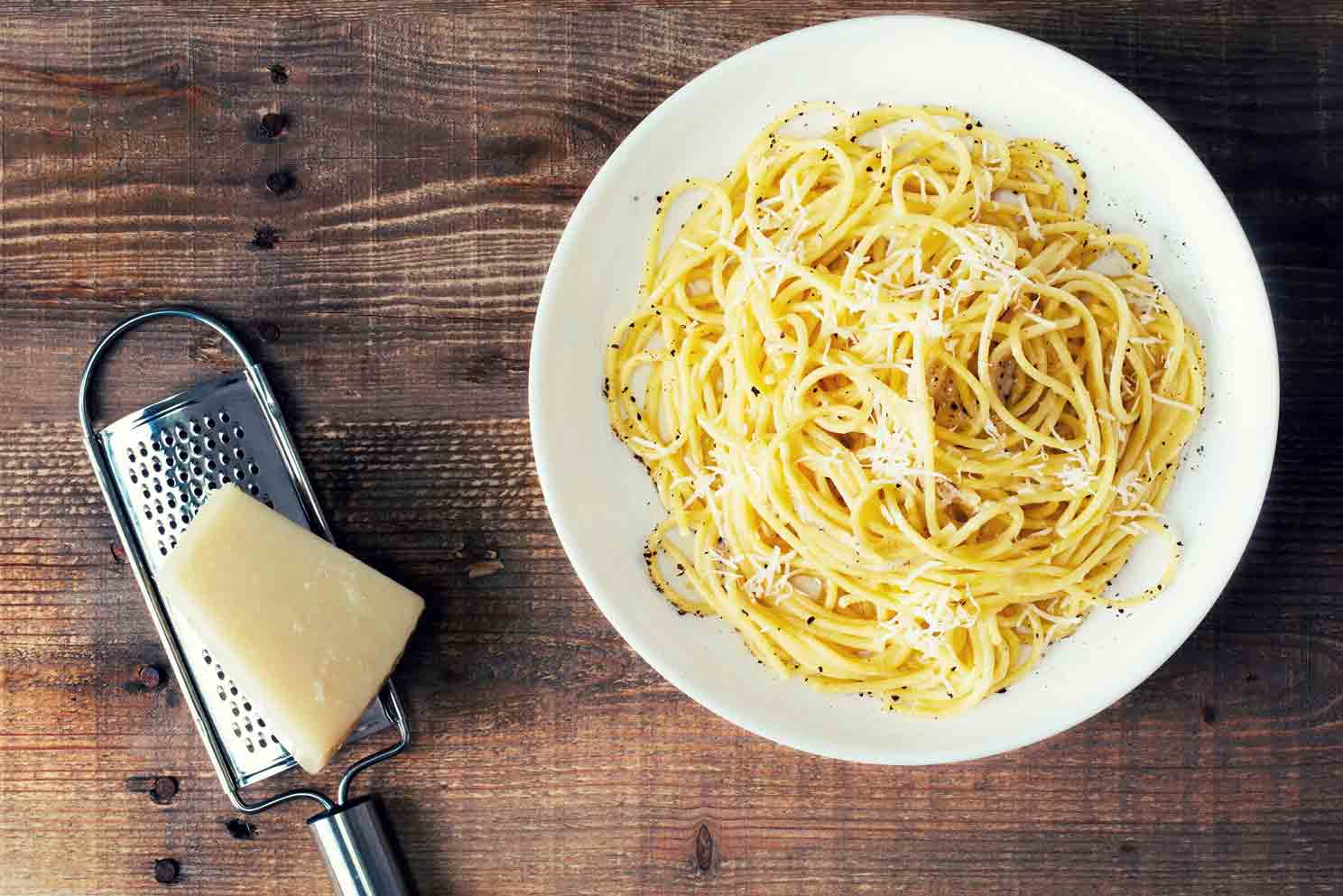
To avoid this situation, we recommend a list of dishes, some of them pasta, of course, so you may enjoy the nation’s food, in addition to its monuments, on your next visit.
The best dishes in Rome
If Rome is on your travel itinerary, there are three pasta dishes you shouldn’t miss: spaghetti alla carbonara, penne all’amatriciana and pasta cacio e pepe.
You may believe that you are familiar with the first one, but the authentic version is in a league of its own. Real carbonara sauce does not have cream or onion. Instead, it is made with beaten eggs, pan-fried pancetta, parmesan or pecorino cheese, olive oil and black pepper. Once you try the original version, the carbonara sauce served in many restaurants throughout the world will seem, at the very least, like sacrilege.
Although it is even simpler than carbonara sauce, the classic Roman recipe for cacio e pepe is just as delicious. What are the ingredients? Aside from good pasta (fresh is better), the other two ingredients are pecorino cheese and pepper. It may seem as plain as pizza Margherita, but as the Italians say, when quality ingredients are used, the end result is more than satisfactory.
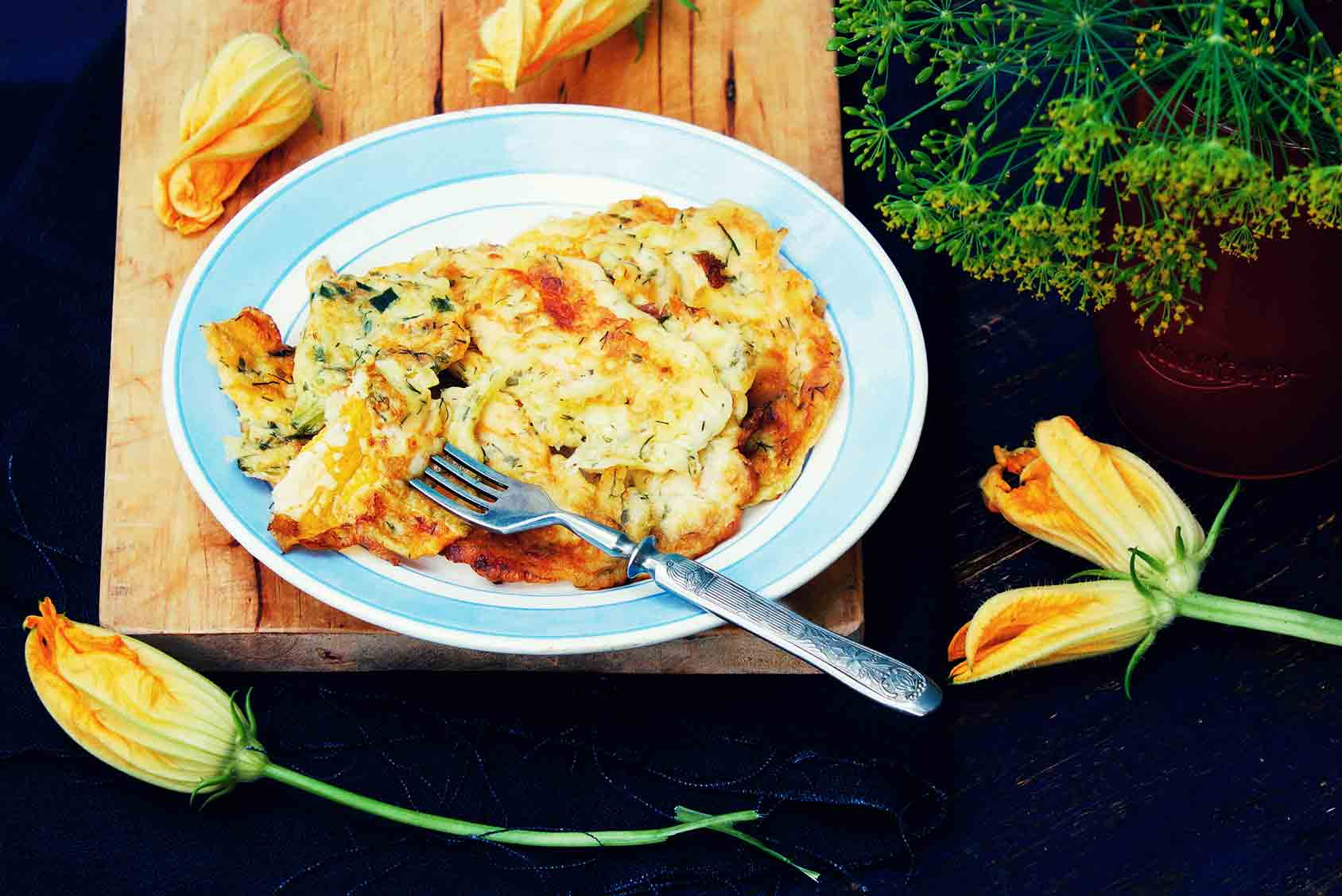
Finally, the third wheel is penne all’amatriciana. Although the ingredients are similar to those of the other two dishes, the flavour is completely different. The pasta in this case is macaroni (it can almost always be varied) and the sauce contains tomato, onion, guanciale or pancetta, pecorino cheese, pepper and olive oil. Absolutely irresistible.
Antipasti and dolci, che buono!
We continue in Rome, where the aroma of the city’s delicacies emanates from the ancient walls that line the streets. It is impossible to resist following the trail of these scents or to salivate with thoughts of the exquisite creations hidden in every kitchen where, in all likelihood, at least one is busy making Rome’s star starter: supplì.
What does it consist of? Fairly large in size, these Italian rice croquettes have a ball of mozzarella in the middle and usually contain tomato as well as meat, depending on the cook. There is no need to order them at a restaurant because, just like pizza al taglio, they are sold at street food stalls.
Other traditional Roman antipasti are carciofi alla giudia (Jewish-style artichokes) and fiori de zucca (courgette flowers). The first, which are fried, are cooked with parsley and white wine, whilst the blossoms are breaded and then fried, and sometimes stuffed.
If we had to choose two sweets to eat for the rest of our life, they would definitely be tiramisu and ice cream, with all due respect to Sicilian cannoli. These desserts hardly need an introduction. The first is made with coffee, mascarpone, sponge cake and cacao, and the second features natural ingredients, with no additives or colorants. Both desserts are incredibly creamy and heavenly.
What to eat in Milan
Milan, the capital of fashion and business, also boasts a fantastic pantry and cuisine. However, in all honesty, does subpar food exist anywhere in Italy? We doubt it. Italy’s version of happy hour, which many Milan residents partake in after work, is an experience that everyone should try because it involves much more than just a drink and a small bite. Order a cocktail or a glass of wine, and for the same price eat whatever you want from the buffet located in front of you.
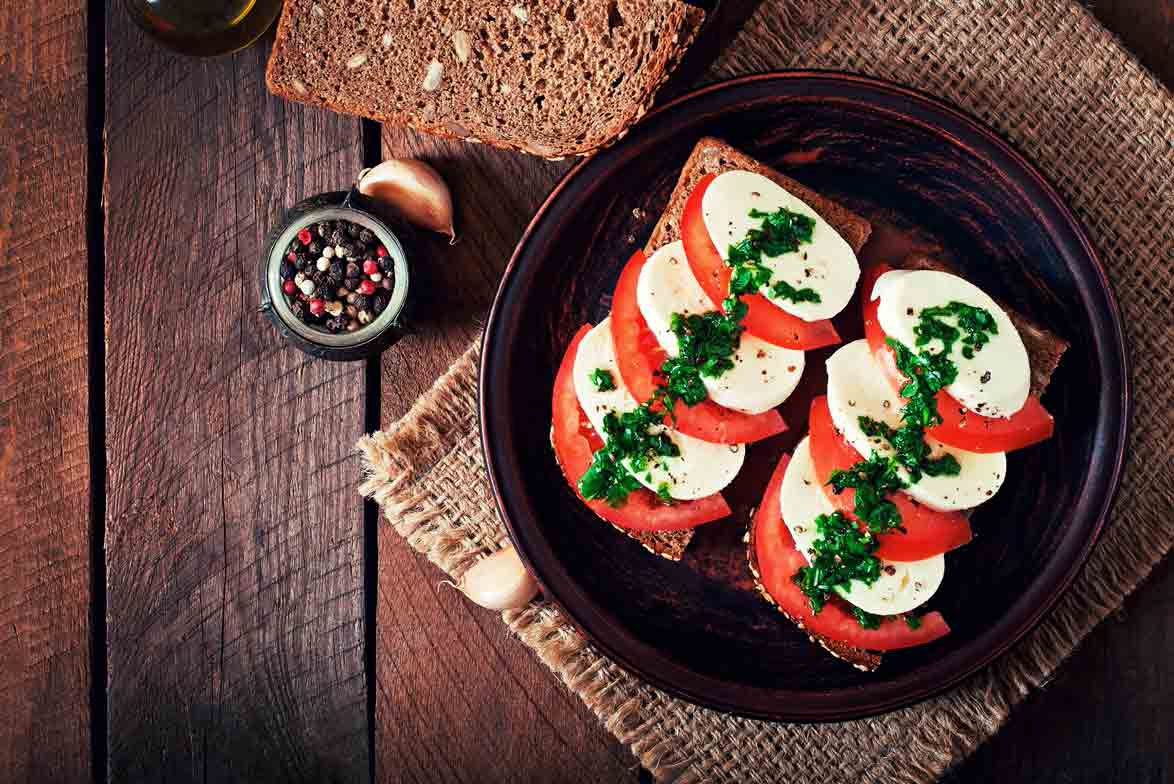
Two of the most popular starters in Milan are carpaccio and caprese salad. The first consists of very thin slices of prosciutto with a drizzle of olive oil and lemon, topped with rocket and parmesan cheese. On the other hand, a caprese salad only contains tomatoes (that actually taste like tomatoes) and mozzarella cheese. The dressing consists of olive oil and, for those who prefer it, balsamic vinegar.
Cotoletta alla milanese, one of the most common dishes in this region, is easy to make. Once again, quality ingredients are a must, and in this case, a veal cutlet is the key element. Breaded and then fried, in Milan it is served with lemon and a mustard sauce.
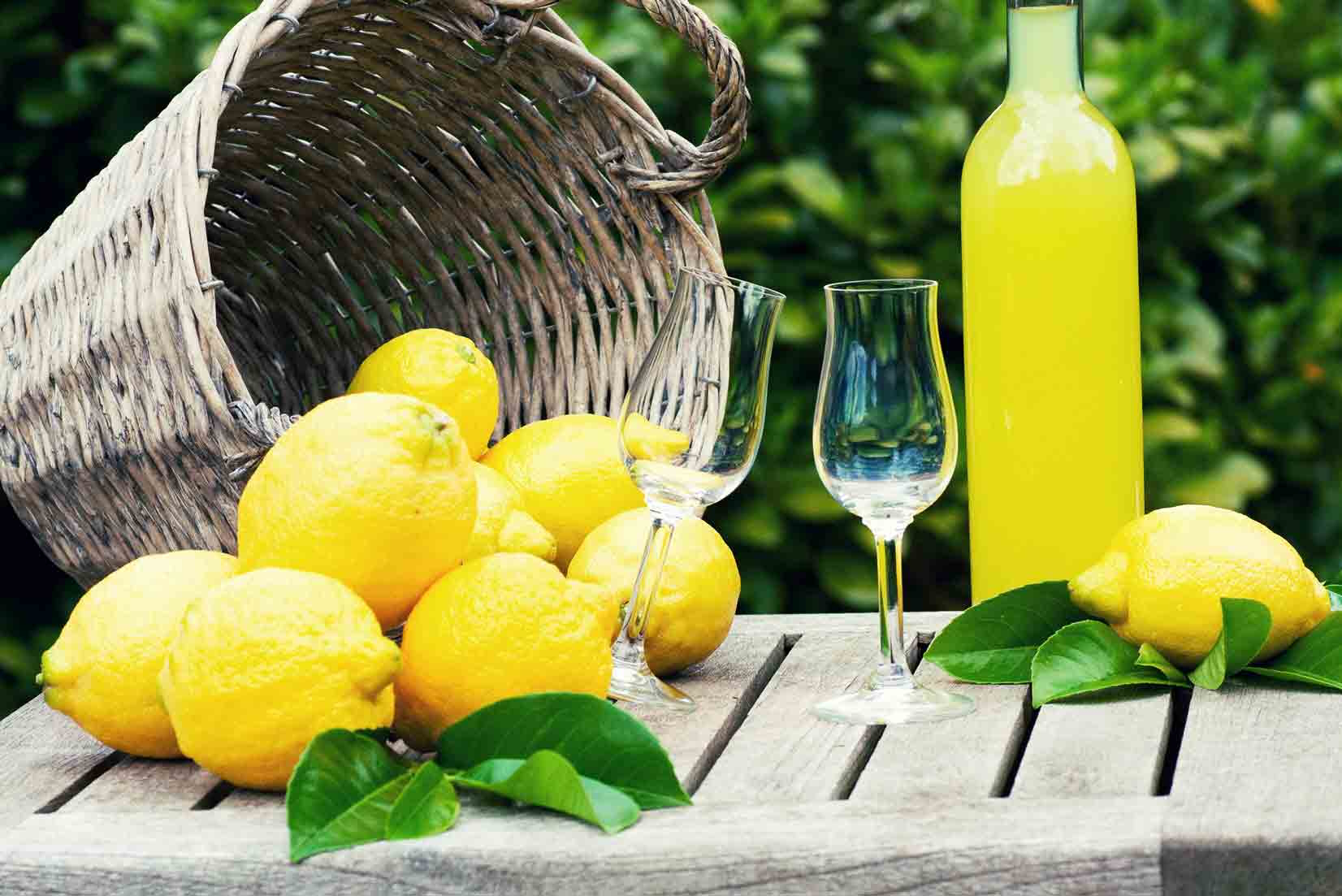
And we can’t forget about the pizzas, of course. The best are made in a wood-burning oven and have few ingredients because it is important to savour the dough. Although there are many types, pizza Margherita is definitely in the top three.
To wrap up an Italian menu from beginning to end, a good limoncello or amaretto to aid digestion is the perfect finishing touch. The two liqueurs are served at the end of a meal and remind us that eating is more than a pleasure.
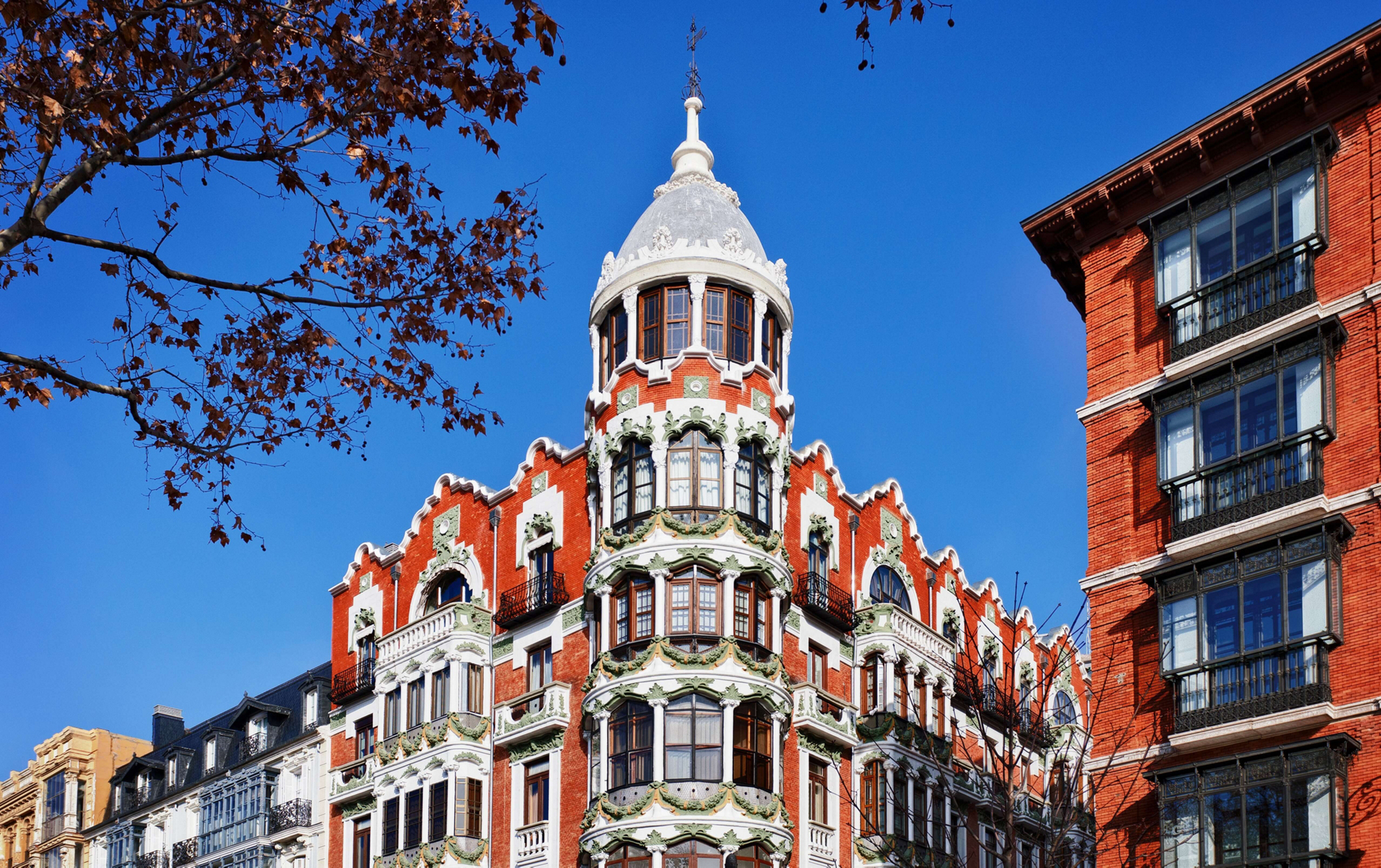
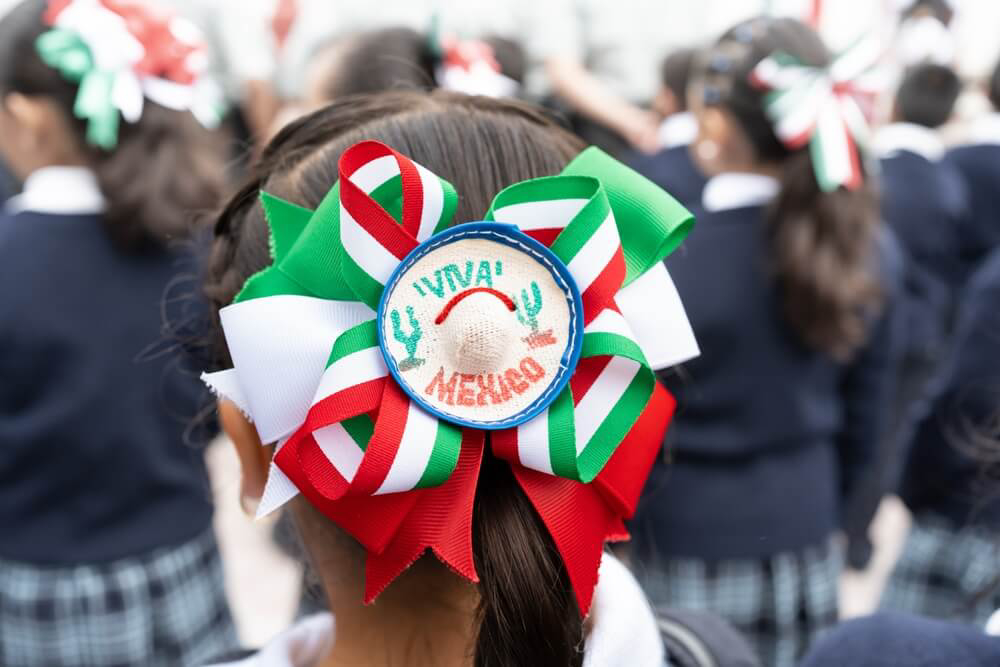
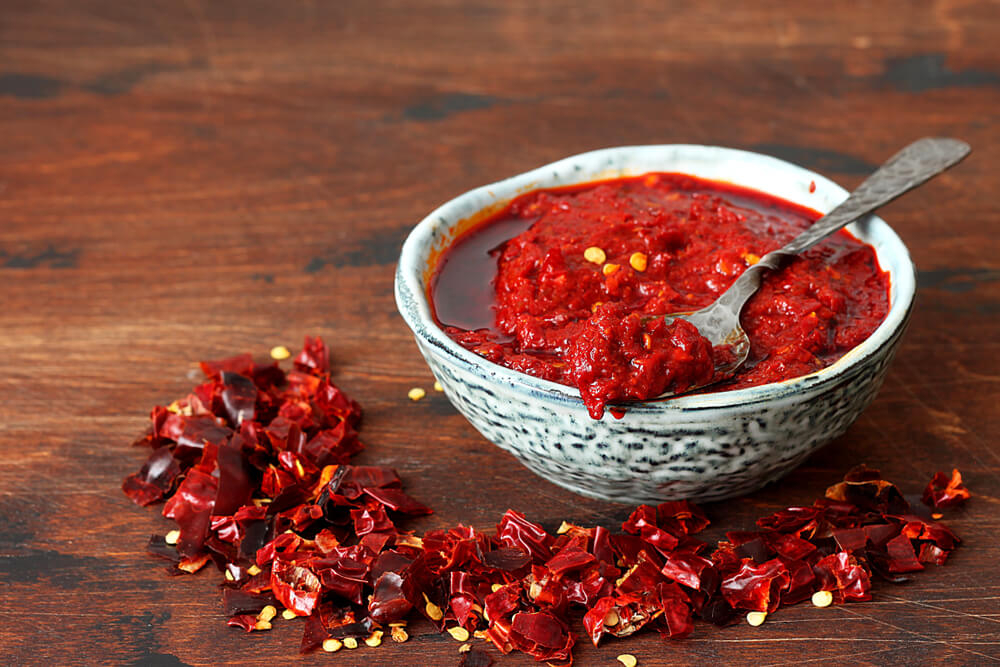






_435x320?&)

